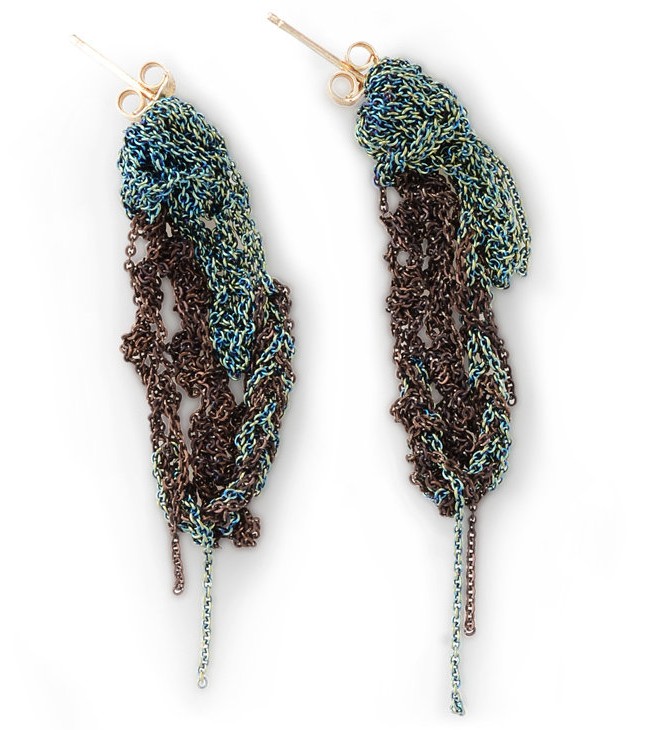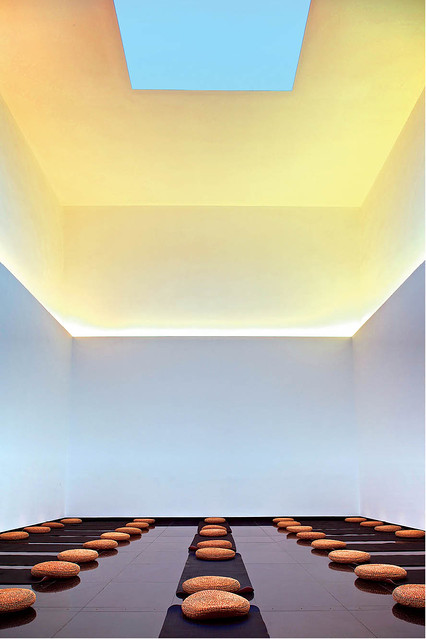Cubist roost
Earth Day calls for an eco-minded pairing. No place better fits the bill than Treehotel, an enchanted forest of five treehouses suspended in the conifers of northern Sweden. Inspired by the documentary “The Tree Lover,” Treehotel assuages the modern disconnect from nature by returning guests to their childhood roots of climbing trees and playing in treehouses. Nature, ecology and contemporary design meld in this otherworldly refuge, grounded by a spa, 50s-style pensione and green utilities like hydroelectric power and combustion toilets. Each pod, designed by an acclaimed Swedish architect, offers a unique aesthetic experience: the Mirrorcube epitomizes the minimal environmental footprint of the entire project by being camouflaged in mirrors (an infrared film keeps birds from careening into the walls). I would spend my stay taking in the panoramic views of the Lulu River valley and the cubist kaleidoscope slicing through the treetops, the latter reminiscent of this Helmut Lang sheath.











